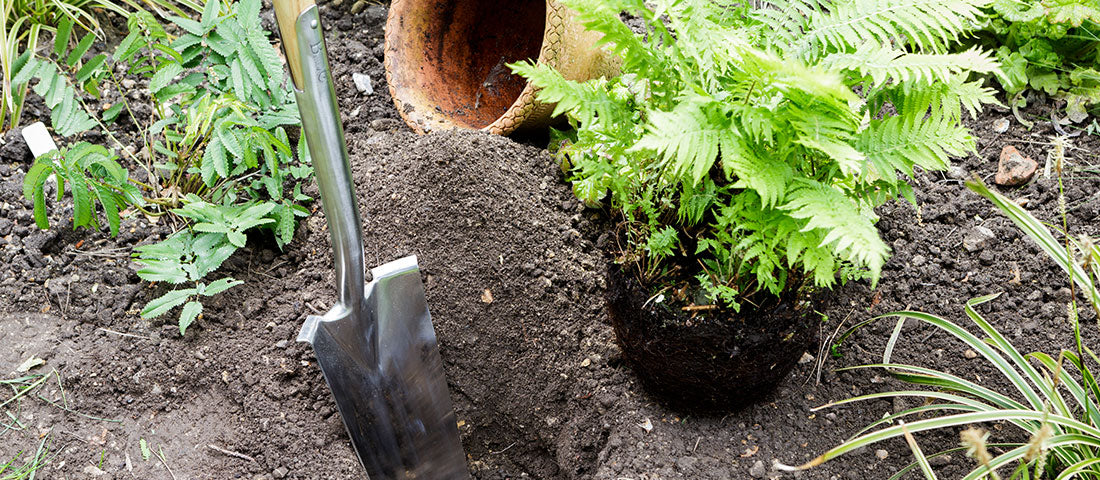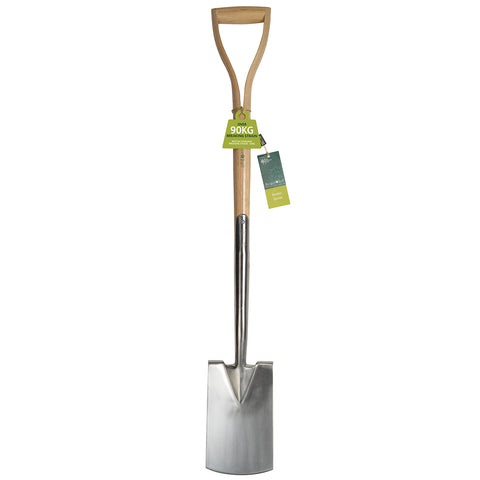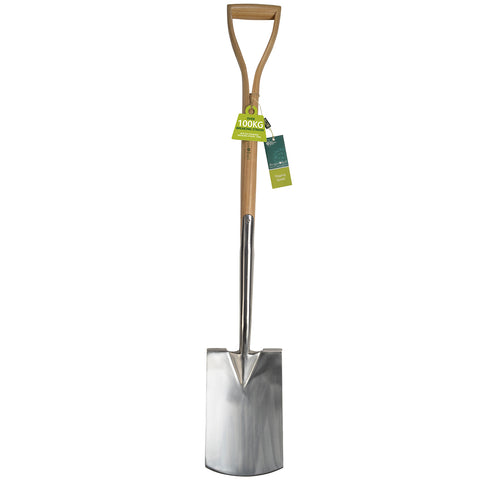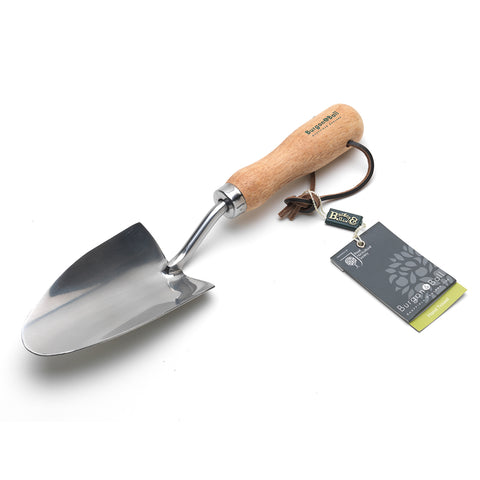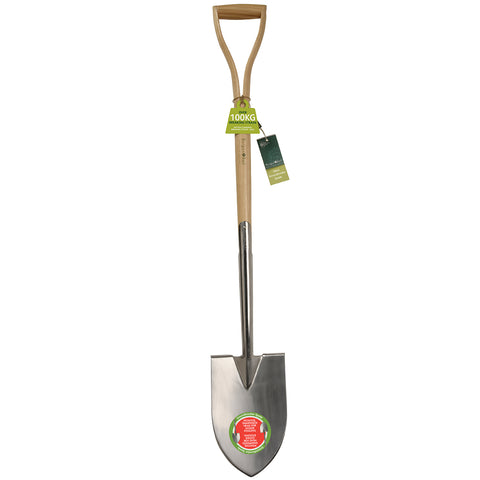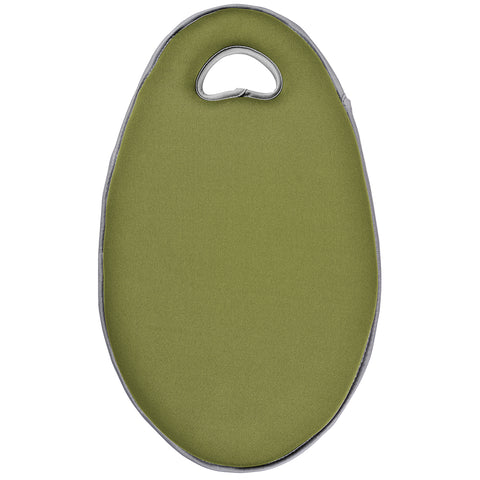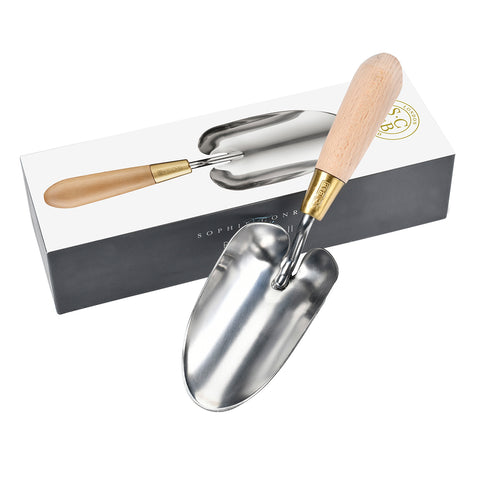 Autumn is when the year begins for gardeners. And we don’t just mean leafing through a plant catalogue and planning what treasures we’d like to enjoy next year. It’s a wonderful opportunity to give next year’s garden the best possible start. So instead of clutching at summer’s fading glories and battening down the hatches for winter, get out there and get planting for the year ahead!
Autumn is when the year begins for gardeners. And we don’t just mean leafing through a plant catalogue and planning what treasures we’d like to enjoy next year. It’s a wonderful opportunity to give next year’s garden the best possible start. So instead of clutching at summer’s fading glories and battening down the hatches for winter, get out there and get planting for the year ahead!
You may not get the instant colour hit that you get from planting a flowering rose or a tree in blossom, but any plant put in the ground in the autumn gets the benefit of several months’ growth when the soil is still warm and the conditions are pretty moist. It gives them the opportunity to put down strong roots, without the distractions of having to grow and flower above ground.
 Long-term commitment
Long-term commitment
Long-lived plants in particular get a brilliant boost from autumn planting. It gives them time to develop a deep root system before the frosts hit, giving them the strong foothold they need to withstand many years of rains, gales and droughts. Trees (and fruit trees in particular), fruit bushes, roses, hedging… autumn is the ideal time for all these.
Perennially popular
Even the gorgeous colours of next year’s summer beds and borders get a head start as the leaves fall. Container-grown hardy perennials can be planted at any time of year, but unless your soil is heavy and prone to waterlogging, planting in autumn is ideal to give them a head start. Of the many summer glories that we’ve been enjoying in recent months, most will benefit from getting some months’ good growth before the big show next summer.
 An annual affair
An annual affair
Don’t forget that many hardy annuals can also be sown in autumn. The chance to start their growth before the winter gives them a head start come the spring, creating a much earlier flowering display. This is a great way to bring colour to your garden in that transitional period between late spring and early summer, usually around May time. Marigold, cornflower, nigella, and some poppies are among the hardiest types, and even sweet peas can be sown while the ground’s still warm, in September. They may need protection in extremely cold winter weather, but if you like the cottage garden look, you’ll be on to a winner.
Vegging out
Many vegetable crops, too, get a huge boost from an autumn planting. Onions, shallots, garlic, spring cabbage… all benefit from a winter spent in the ground, ready to get going at the earliest opportunity. Broad beans and peas also do well on an autumn sowing, as long as you give them some protection during the very harshest weather. They’ll reward you by cropping up to a month before spring-sown veg – and that wins definite bragging rights at the allotment.
 A word of warning
A word of warning
Of course, one risk of autumn planting is that the tender leaves will merely make a tasty snack for well-fed slugs and snails at some point over early spring. As soon as the new leaves peek out, they’ll make a rare treat for some ghastly gastropod or other. It’s well worth taking slug control measures from February onwards - or even earlier. The trend towards milder winters in recent years has seen the emergence of so-called ‘sleepless slugs’ which don’t hibernate, so vigilance throughout the winter is a good idea.
So the good news is, if you’ve been enjoying a beautiful summer of gardening, it doesn’t have to stop simply because the days are getting shorter. It’ll just take a bit longer to see the results. But it’ll be worth the wait!

